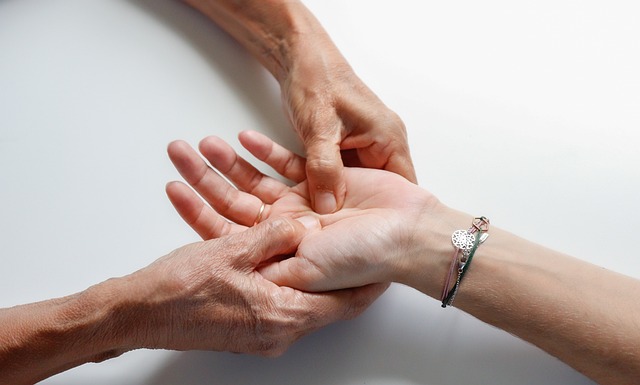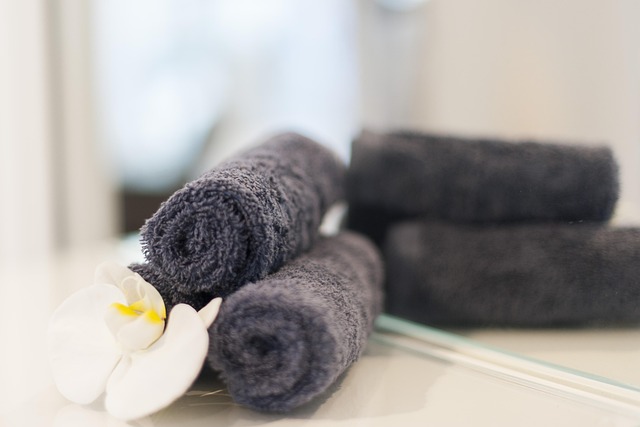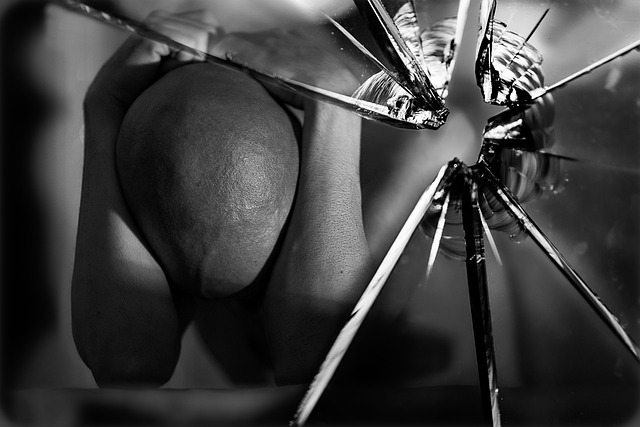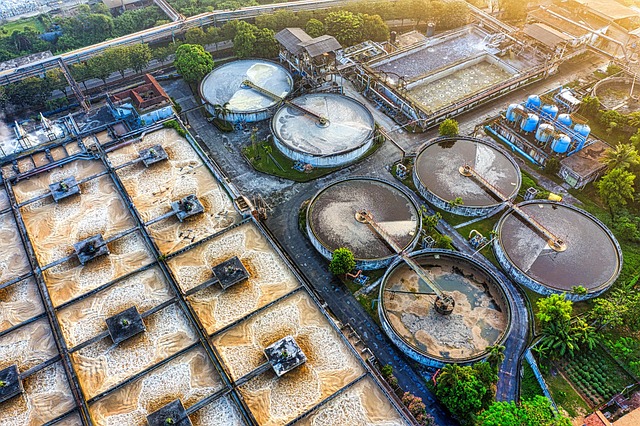Non-surgical skin resurfacing treatments, such as chemical peels, microdermabrasion, and laser therapy, offer safe, effective alternatives to traditional facelifts for reversing signs of aging. These methods stimulate collagen production, enhance elasticity, improve skin texture, and reduce age spots, with minimal downtime. Gaining popularity due to consumer demand, non-invasive procedures like laser and radiofrequency technologies provide personalized skincare routines tailored to individual needs. With proper consultation and aftercare, these treatments offer dramatic, long-lasting anti-aging results while avoiding the risks and lengthy recovery periods of surgery.
Unveil the secrets to achieving youthful skin with anti-aging skin resurfacing, a non-invasive approach revolutionizing the skincare industry. This comprehensive guide explores the concept, techniques, and benefits of non-surgical treatments that offer a safe alternative to traditional procedures. From understanding the science behind it to discovering popular methods, this article covers everything you need to know. Learn about the factors to consider, potential side effects, recovery process, and long-term results, empowering you to make an informed decision for a smoother, more youthful complexion.
Understanding Anti-Aging Skin Resurfacing: Unveiling the Concept

Anti-aging skin resurfacing is a non-surgical treatment that aims to reverse the signs of aging, such as wrinkles and fine lines. This innovative procedure offers a safer and more comfortable alternative to traditional surgical facelift procedures. By gently exfoliating the top layer of skin, these treatments stimulate collagen production and enhance skin elasticity, resulting in a smoother, younger-looking complexion.
The concept behind anti-aging skin resurfacing is to mimic the natural renewal process of the skin while minimizing discomfort and recovery time. Various techniques, including chemical peels, microdermabrasion, and laser therapy, are employed to resurface the skin, addressing texture issues, age spots, and other signs of aging. These non-surgical treatments have gained popularity due to their effectiveness and accessibility, providing individuals with a straightforward path towards achieving a more youthful appearance.
The Rise of Non-Surgical Treatments in Skin Care

In recent years, the skincare industry has witnessed a significant shift towards non-surgical treatments, revolutionizing the way we approach anti-aging concerns. This growing trend is driven by consumers seeking effective and minimally invasive solutions to combat signs of aging, such as fine lines, wrinkles, and skin texture issues. Non-surgical treatments offer a range of options, from advanced laser technologies to innovative topical creams and natural remedies, all designed to stimulate collagen production, improve skin elasticity, and reveal a more youthful complexion.
The appeal of non-surgical treatments lies in their ability to provide visible results without the downtime and potential risks associated with surgical procedures. These treatments are often tailored to individual needs, allowing for personalized skincare routines that address specific aging concerns. As technology advances, scientists and dermatologists continue to develop cutting-edge non-surgical solutions, ensuring that anti-aging skincare remains dynamic and accessible to a wide range of consumers.
Benefits: What Makes Non-Invasive Surfaces So Desirable?

Non-invasive skin resurfacing treatments have gained immense popularity due to their multitude of benefits and minimal side effects compared to surgical alternatives. These procedures offer a relatively pain-free way to reverse signs of aging, such as fine lines, wrinkles, and uneven skin texture. One of the most appealing aspects is their ability to stimulate collagen production naturally, leading to improved skin elasticity and a more youthful appearance.
Non-surgical surfaces are highly desirable for individuals seeking an effective yet gentle approach to skincare. They provide a safe and accessible way to achieve dramatic results without the extensive downtime or potential complications associated with surgery. With advanced technologies like laser and radiofrequency treatments, patients can experience significant improvements in skin quality, ensuring they look and feel their best while maintaining overall well-being.
Popular Non-Surgical Techniques for Youthful Skin

In the quest for youthful skin, non-surgical treatments have gained immense popularity due to their minimal invasiveness and rapid recovery times. Among the most sought-after techniques are chemical peels, which involve applying chemicals to the skin to gently remove the top layer, encouraging the growth of smoother, tighter skin. Microdermabrasion is another favorite, utilizing a special device to gently exfoliate the skin’s surface, eliminating dead skin cells and unclogging pores.
Laser skin resurfacing is also a prominent non-surgical option. Advanced laser technologies can target specific skin concerns like wrinkles, age spots, and scars, stimulating collagen production for a rejuvenated appearance. Radiofrequency (RF) treatments have also made waves, heating the deeper layers of the skin to tighten and lift, resulting in a more youthful contour. These non-surgical treatments offer effective anti-aging solutions without incisions or lengthy recovery periods.
Choosing the Right Procedure: Factors to Consider

When considering anti-aging skin resurfacing, it’s crucial to select a procedure that aligns with your specific needs and goals. Factors to consider include the health of your skin, desired outcomes, recovery time, and cost. Consulting with a qualified dermatologist is essential to determine which options are best for you.
Non-surgical treatments like chemical peels, microdermabrasion, and laser resurfacing offer milder alternatives to invasive procedures. Each has its advantages: chemical peels use chemicals to gently exfoliate the skin, microdermabrasion uses a special device to sand down the top layer of skin, while laser resurfacing targets specific skin concerns with concentrated light energy. Weighing these options against more extensive surgical approaches will help guide your decision.
Safety and Side Effects: Addressing Common Concerns

When considering anti-aging skin resurfacing, safety is a top concern. While non-surgical treatments like chemical peels and microdermabrasion are generally safe when performed by qualified professionals, they do carry risks of side effects. Common concerns include temporary redness, swelling, and peeling, especially with more aggressive procedures. Some individuals may also experience skin irritation or sensitivity to the chemicals used in these treatments.
It’s crucial to choose a reputable clinic and consult with an experienced provider who can offer guidance tailored to your specific needs. They can help you understand the potential risks and benefits of each procedure, ensuring you make an informed decision. Additionally, following post-treatment care instructions diligently can minimize side effects and promote optimal healing.
Recovery Process: Back to Normal After Resurfacing

After a skin resurfacing procedure, the recovery process is key to returning to a normal routine and achieving optimal results. While non-surgical treatments generally offer a quicker return to daily activities compared to surgical alternatives, it’s important to allow time for your skin to heal. The duration of recovery can vary depending on the specific technique used and the extent of the treatment.
During this period, patients should follow their dermatologist’s aftercare instructions diligently. This typically involves keeping the treated area clean, applying recommended topical medications, and avoiding strenuous activities or exposure to harsh elements. As your skin regenerates, you may experience temporary redness, swelling, and sensitivity—all normal parts of the healing process. Over time, these symptoms will subside, revealing smoother, more youthful-looking skin.
Long-Term Results: Are Non-Surgical Treatments Effective?

Non-surgical skin resurfacing treatments have gained significant popularity for their ability to deliver long-term results in fighting signs of aging. Unlike traditional surgical procedures, these non-invasive techniques offer a safer and more comfortable option for those seeking rejuvenation. The effectiveness of non-surgical methods lies in their capacity to stimulate collagen production, enhance skin texture, and reduce the appearance of fine lines and wrinkles.
With consistent treatments, many individuals experience sustained improvements, achieving a youthful glow that can last for months or even years. Advanced technologies like laser resurfacing, chemical peels, and microdermabrasion have proven especially successful in providing long-lasting outcomes. These treatments not only address surface-level concerns but also target deeper skin layers, promoting overall skin health and elasticity. As such, non-surgical approaches present a compelling alternative for those seeking anti-aging solutions without the risks and recovery times associated with surgery.
